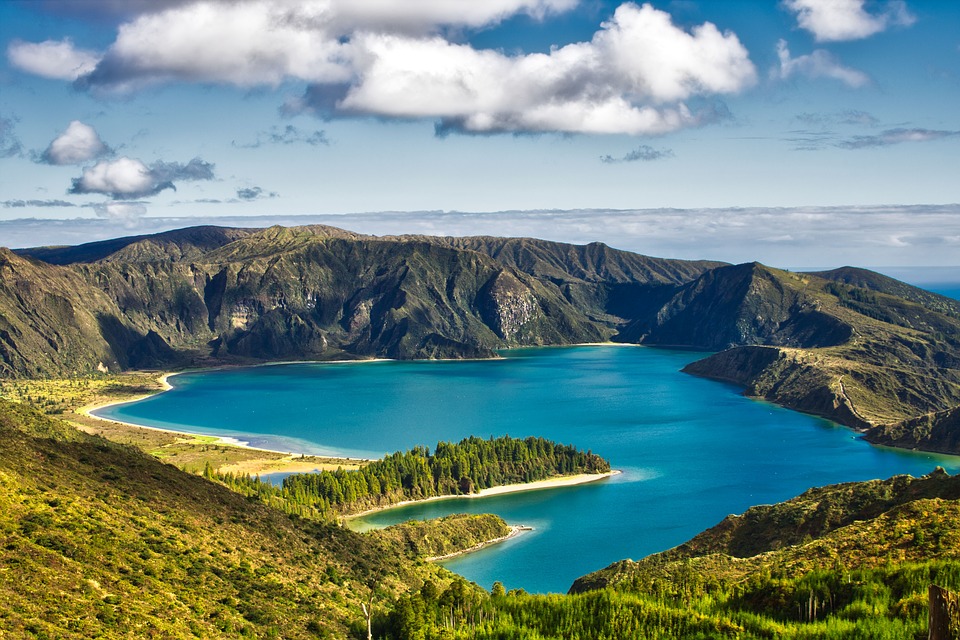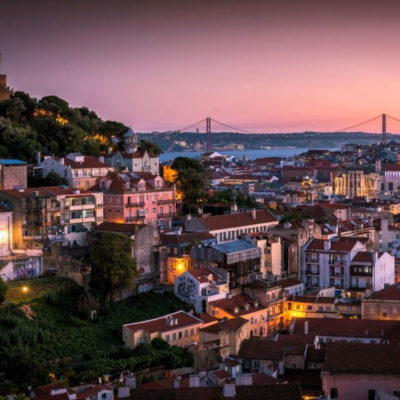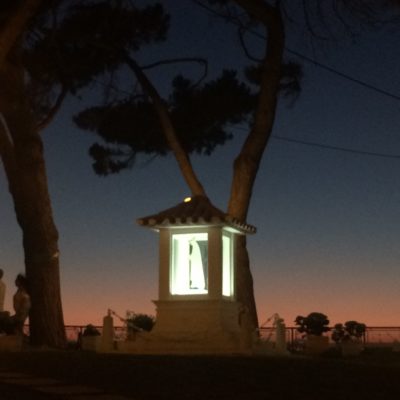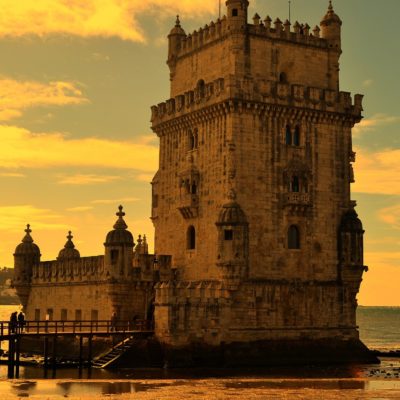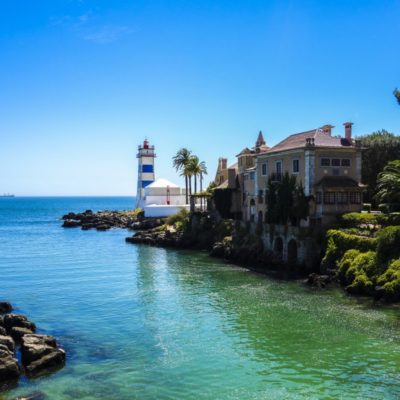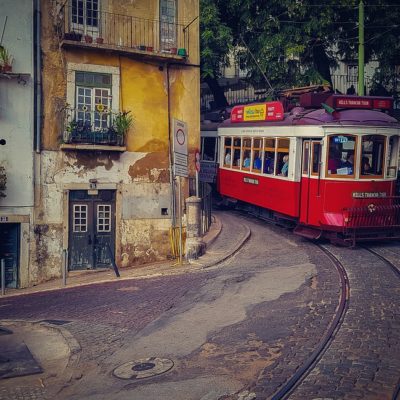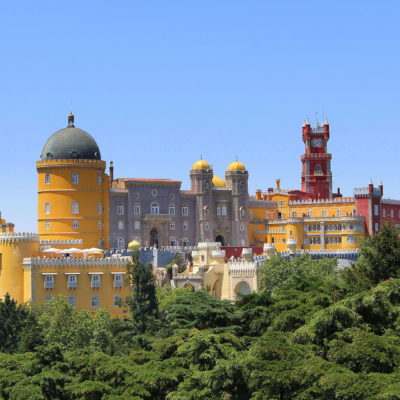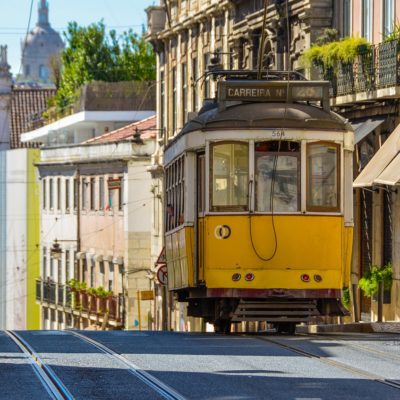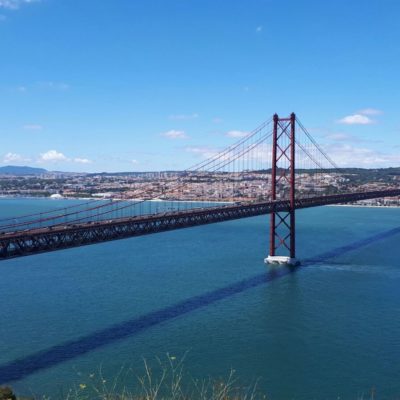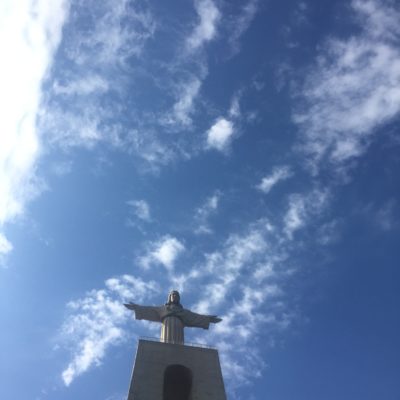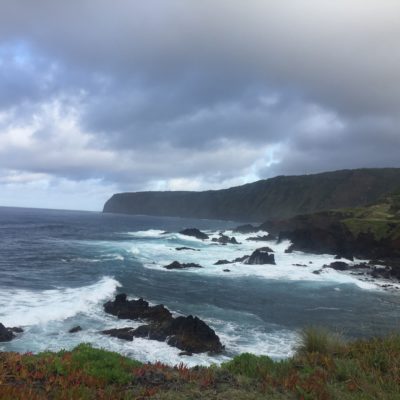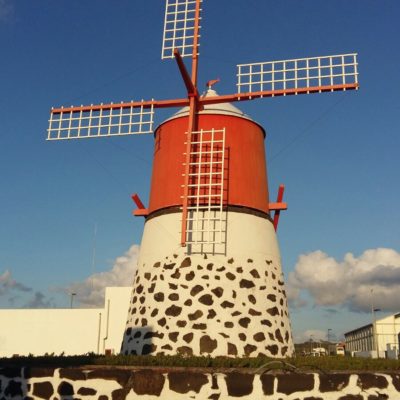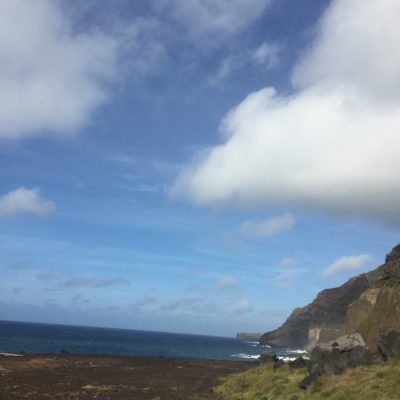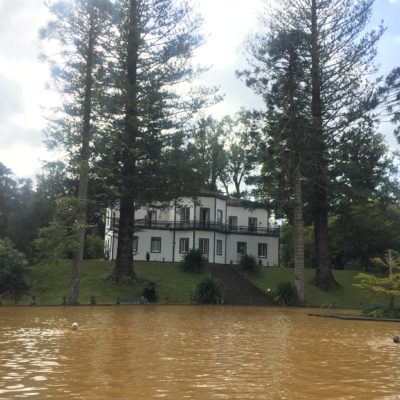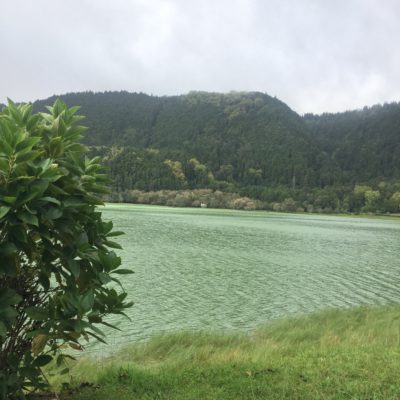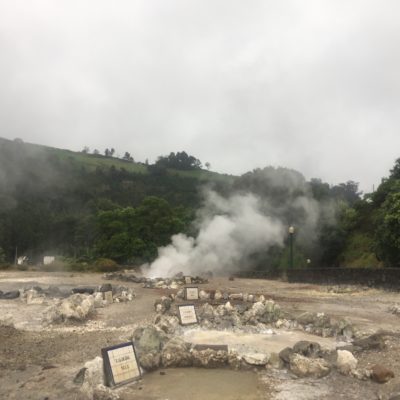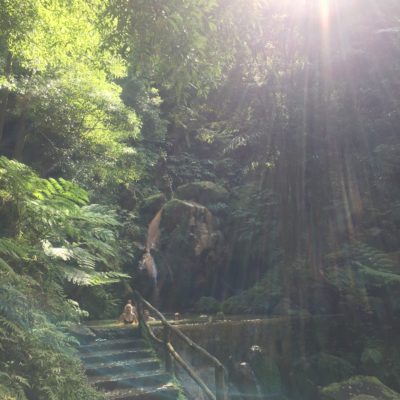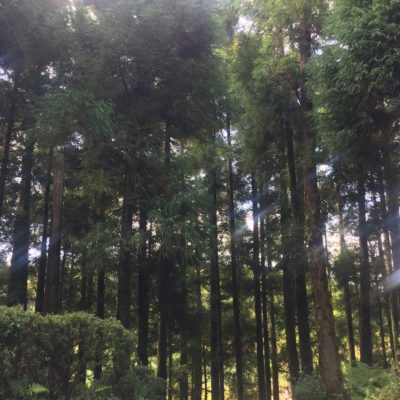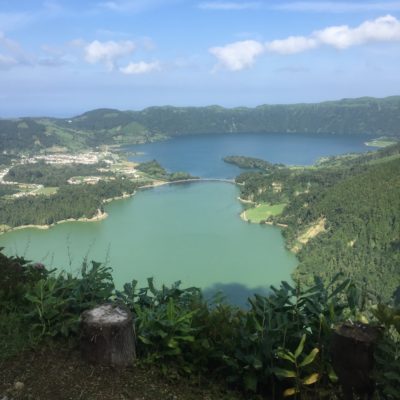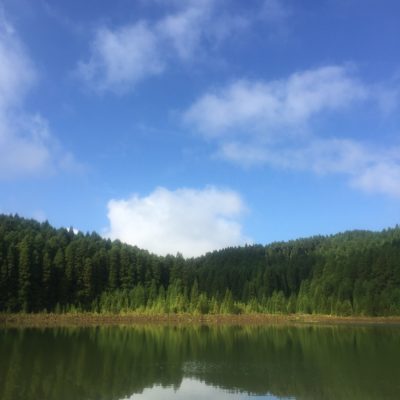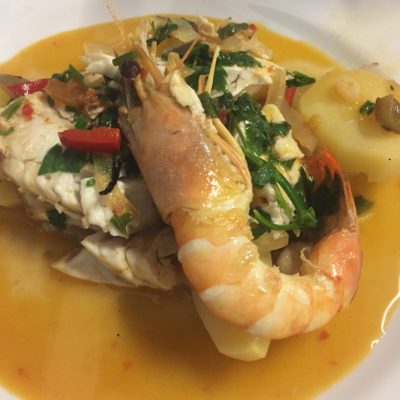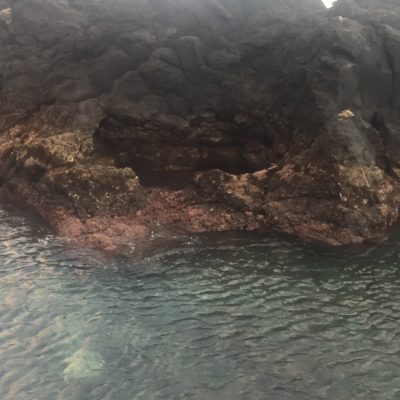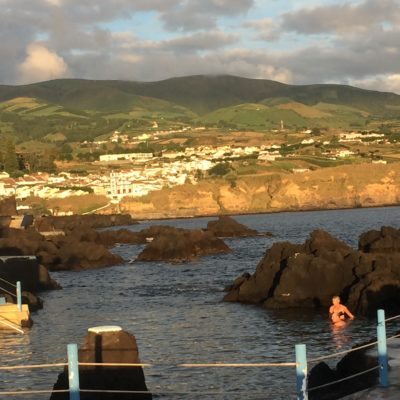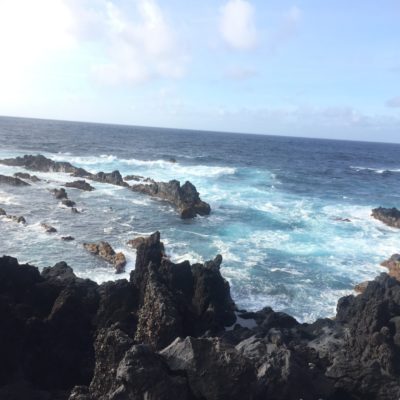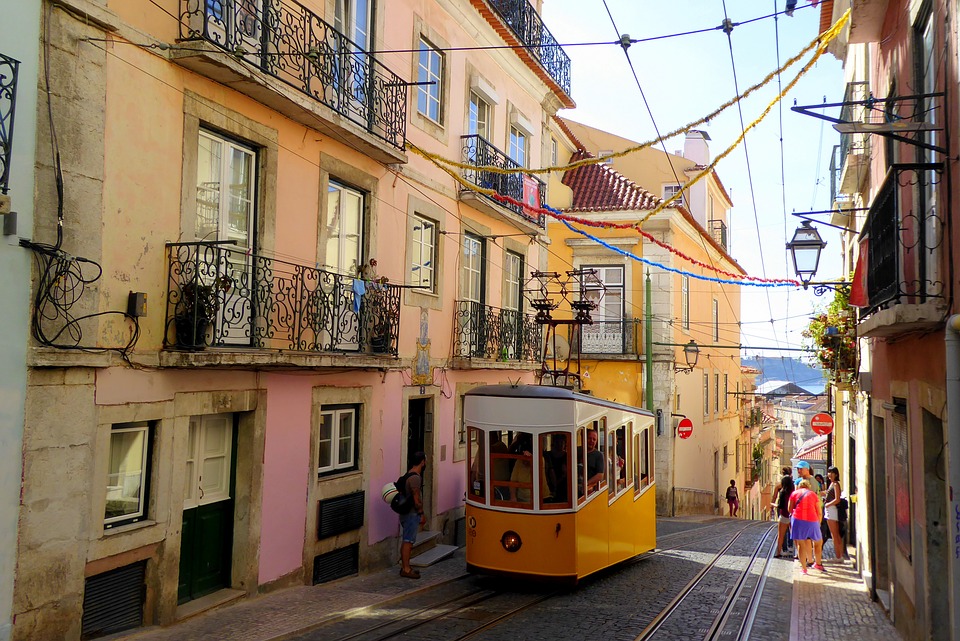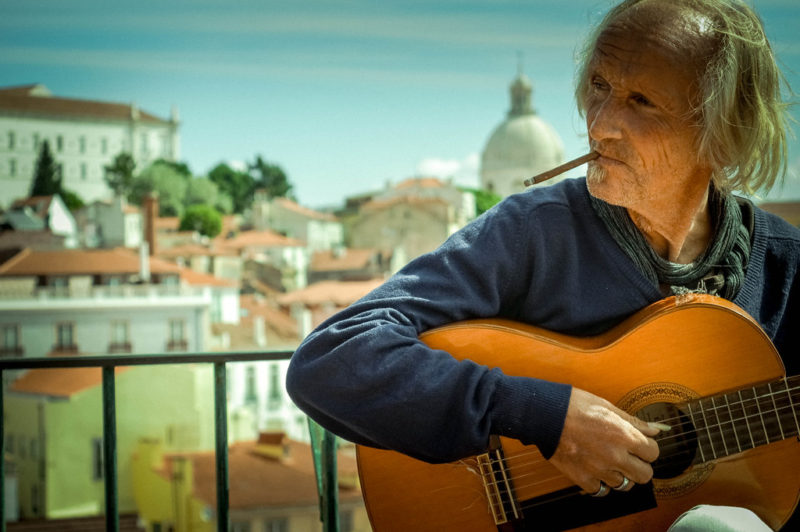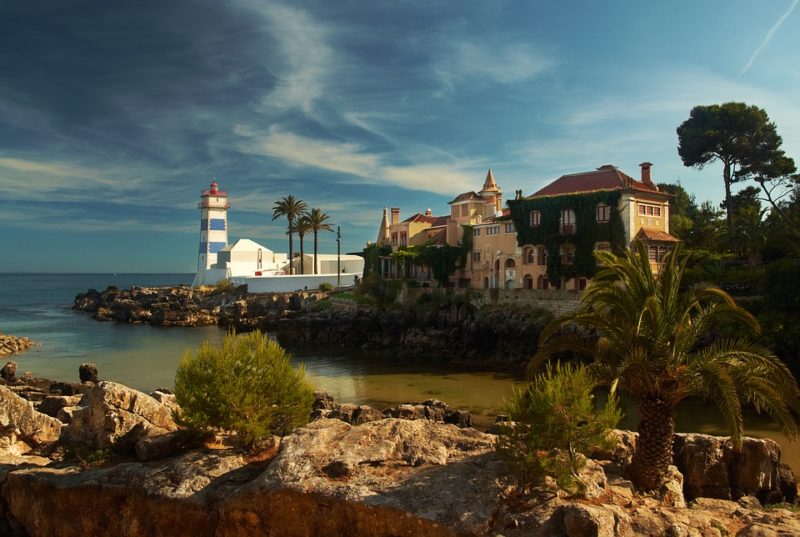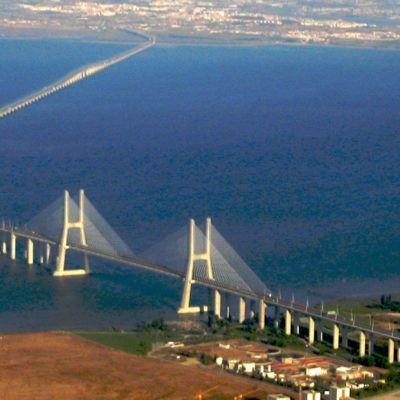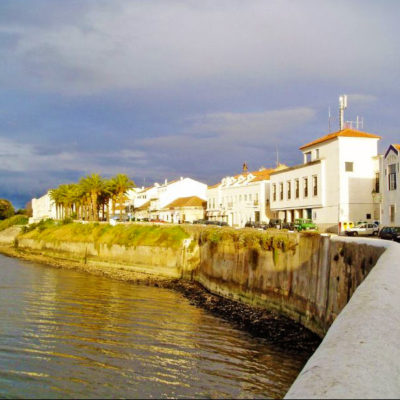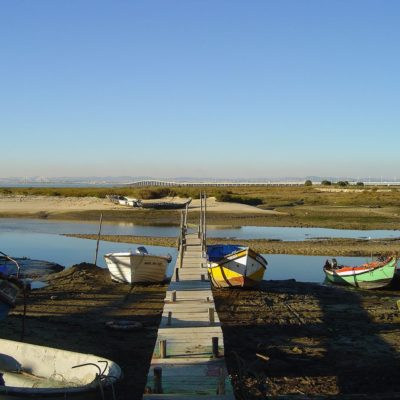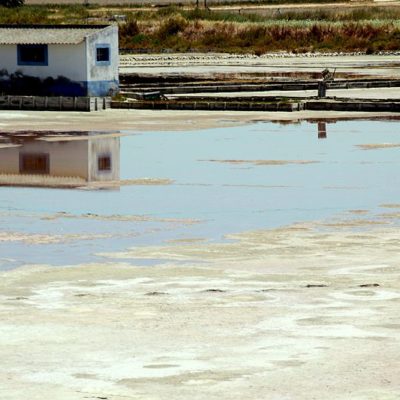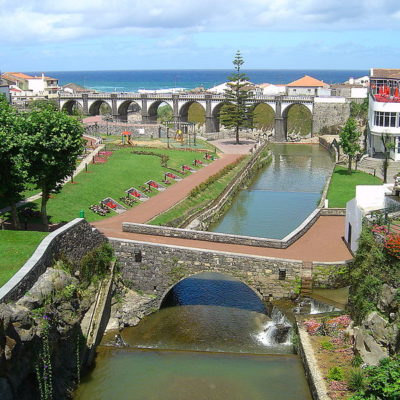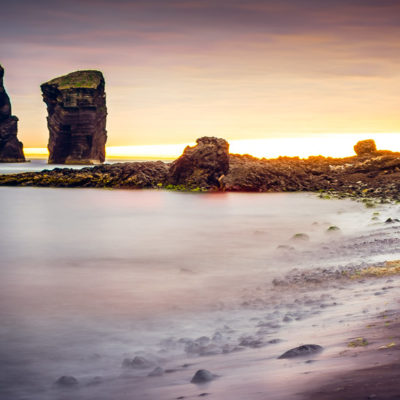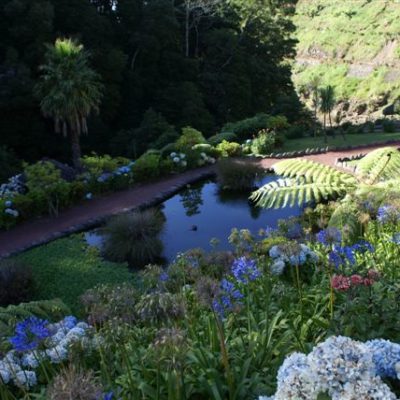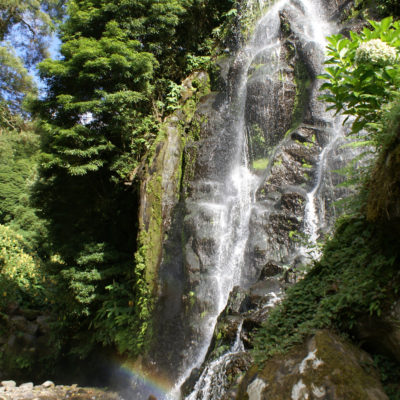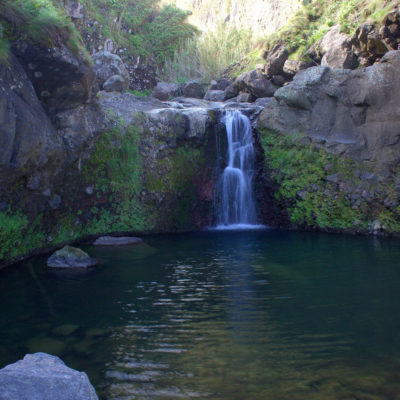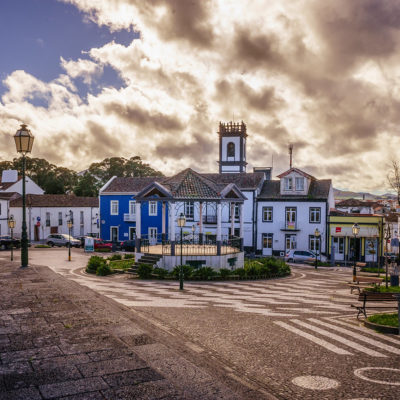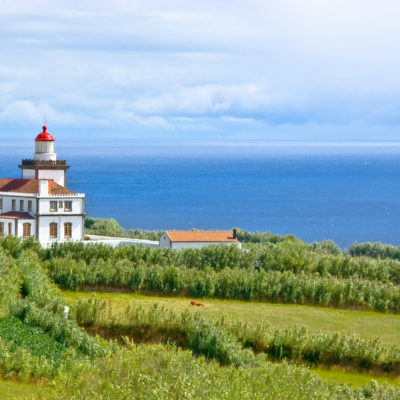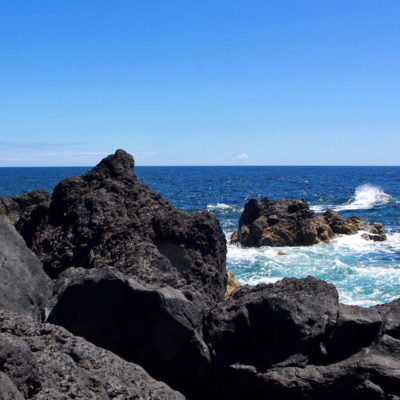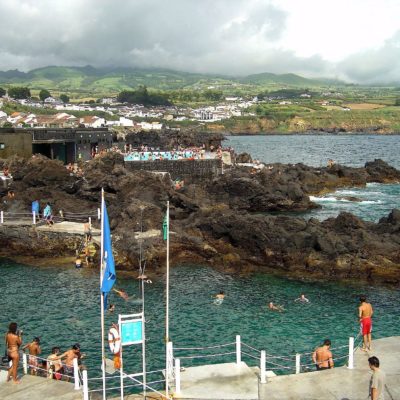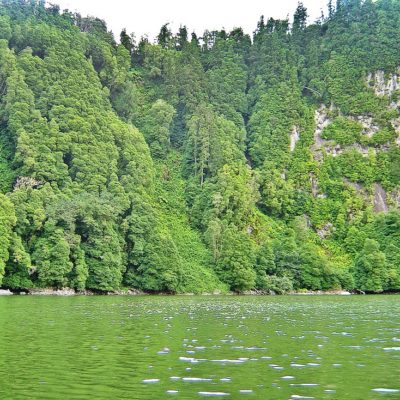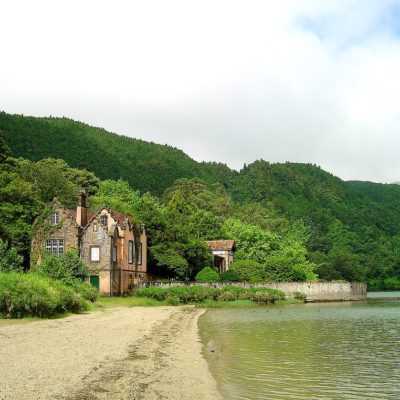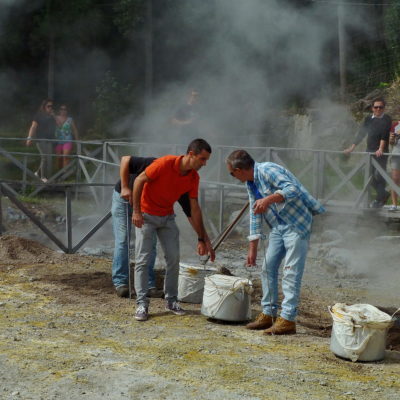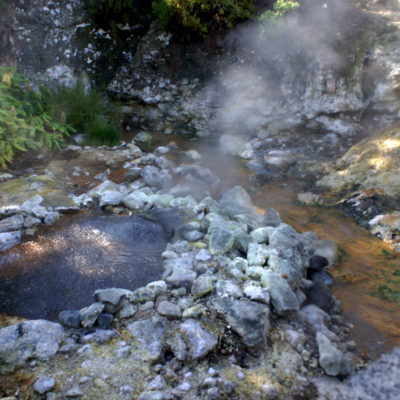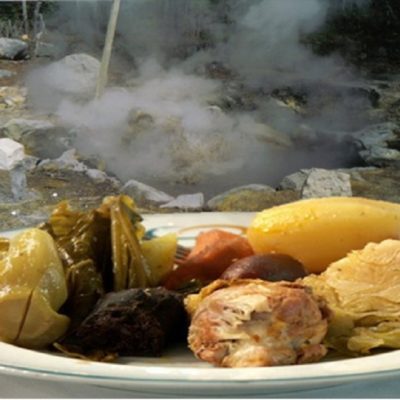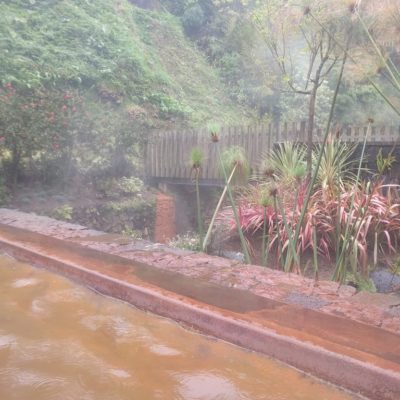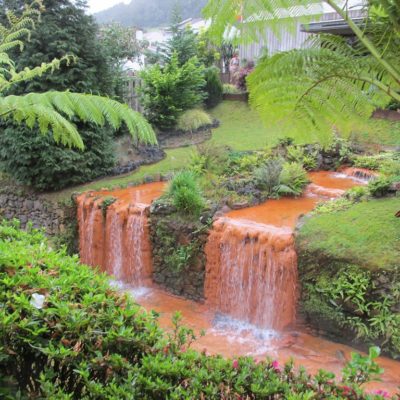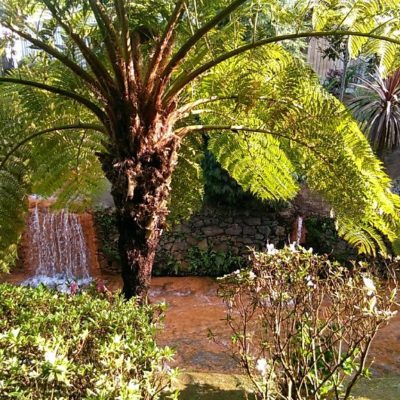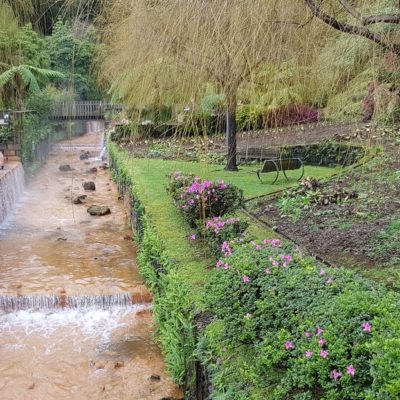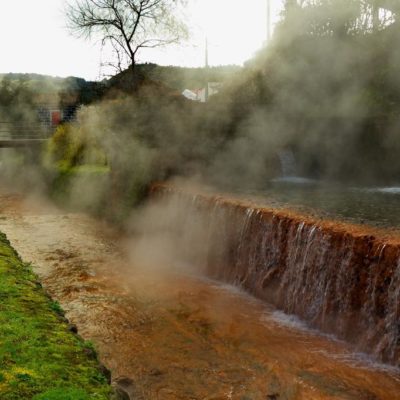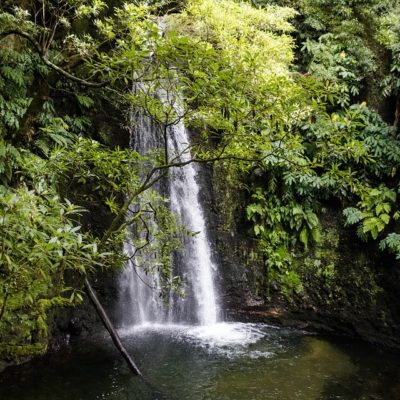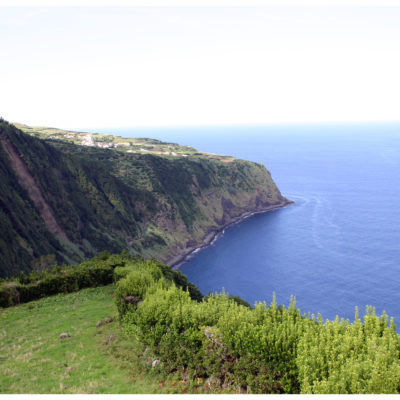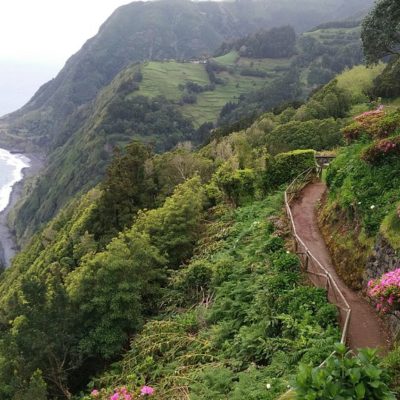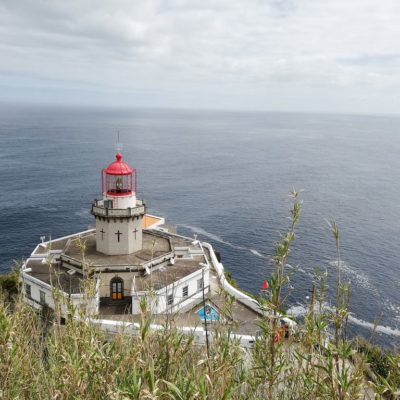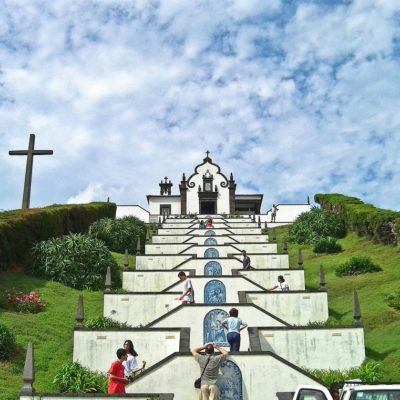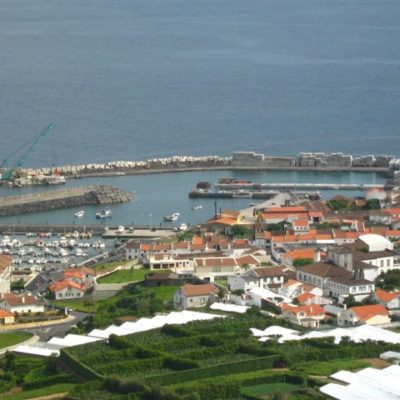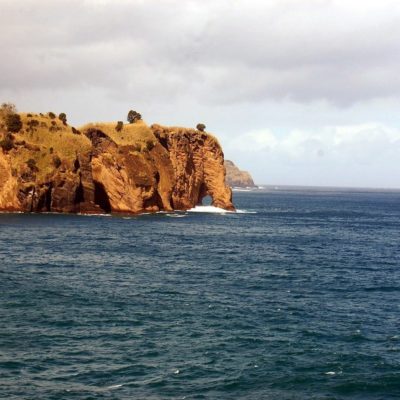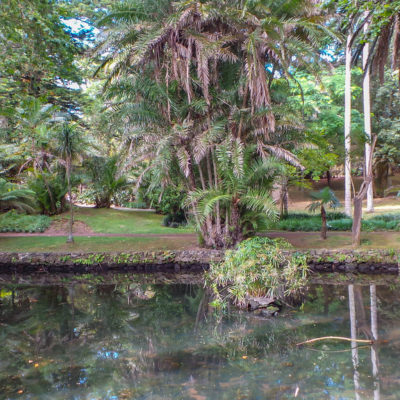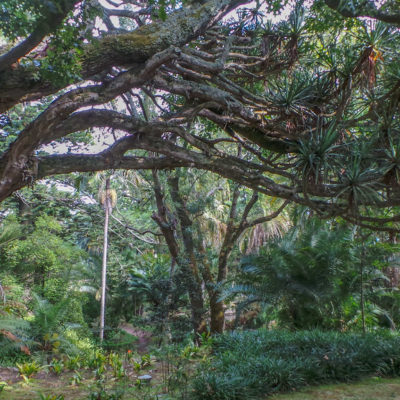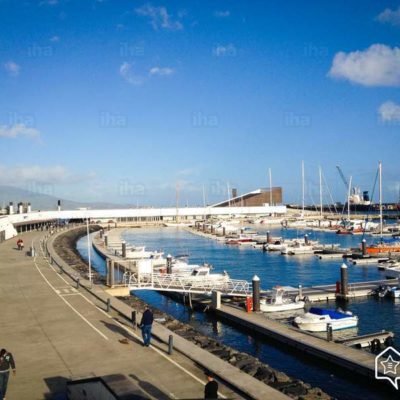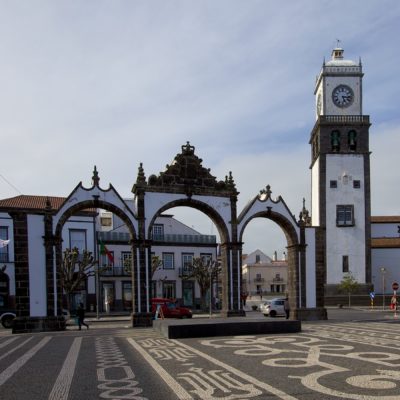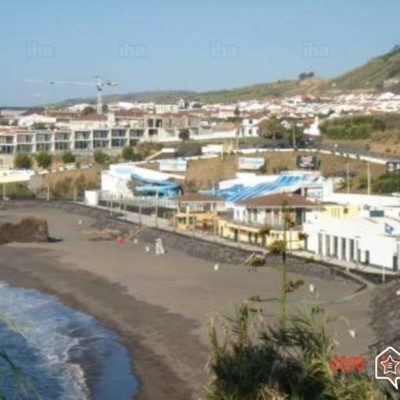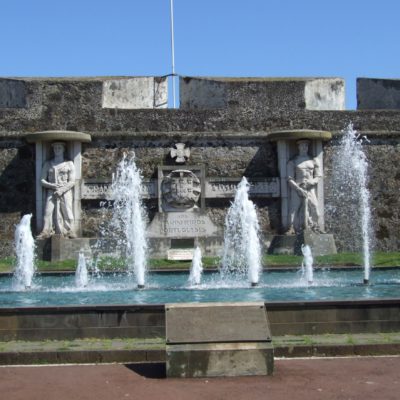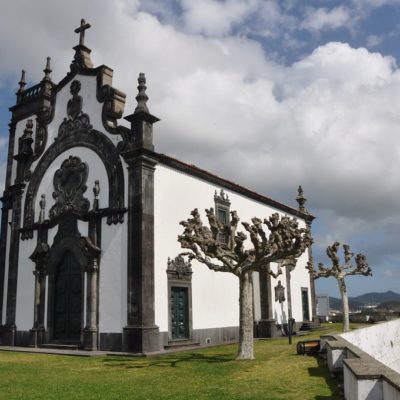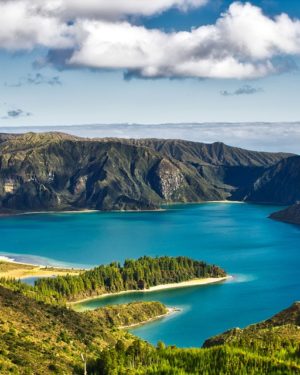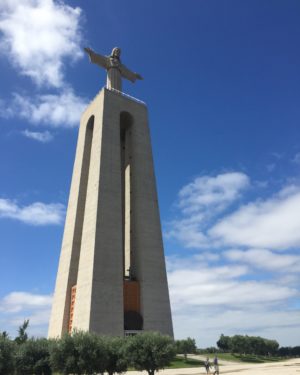Description
Little Angel Tours offers you a 10-day trip to discover Lisbon and the Portuguese island of Sao Miguel (The Azores). This is a full board stay including most of the daily guided activities in the trip.
Travel itinerary
The circuit of your City & Nature trip will be with the presence of your guide, Valérie.
We will spend 4 nights in Lisbon and 5 nights on the island of São Miguel.
We will visit the places in the presence of local guides who will teach us the history and culture of the regions.
These visits will alternate with lunch breaks and tastings of the local flavors of the region (in restaurants, local markets and renowned cellars). We will appreciate the typical dishes, pastéis de nata (Portuguese flan), regional wine or even Ginjia (cherry liqueur)… A dinner with fado singers is also planned to discover traditional Portuguese music.
Lisbon
Lisbon is a coastal city full of light made up of 7 hills.
We will visit the city by tuk-tuk and on foot.
From the imposing castle of St. George (Castelo São Jorge), the view embraces the pastel buildings of the old town, the Tagus estuary and the April 25 suspension bridge.
Nearby, there are a series of coastal cities, such as Sintra and Cascais, and pretty villages like Alcochete.
A half-day of solidarity with a local association on the themes of the protection of children, animals or the environment will also be offered to you on a voluntary basis.
After these unforgettable experiences in Lisbon, we will fly to São Miguel, the main island of the Azores (flight duration 2H10).
São Miguel Island
The nine Azores islands, the last confetti in Europe to be placed on the blue Atlantic before America, are still unknown today. This archipelago offers visitors preserved landscapes and a wide variety of fauna and flora.
To fully enjoy and discover beautiful places inaccessible by other means of transport, we will travel by minibus and on foot. We advise you to bring your bathing suits and towels in order to enjoy the various varieties of water (spring, volcanic and oceanic) that the island has to offer.
Indeed, on São Miguel Island, the traveller can observe spectacular geological phenomena due to the volcanic origin of the archipelago. Crater lakes, fajãs nestled at the foot of imposing cliffs, strange fumaroles, black sandy beaches, natural pools, mysterious lagoons, bubbling waterfalls or lunar caldera….
Forged by insularity and remoteness, Azorean culture has survived the centuries, preserving its authenticity, traditions, colourful folk festivals and surprisingly varied cuisine. Beyond the high pressure that made them famous, a whole universe awaits us in the Azores. We will have the pleasure of exploring it….
See below the itinerary of the travel
Day 1 : Guided tour of Lisbon by tuk-tuk and on foot
We will visit the districts of the city of Lisbon and go through its 7 hills. Each district has a personality that seduces you with its contrasts.
The district of the Baixa (the lower town), completely destroyed by the 1755 earthquake and then rebuilt, will give us a fine example of the Pombalian style (named after the architect of the time, the Marquis de Pombal). The district has wide avenues (the main one being the avenida da liberdad) bordered by buildings with baroque architecture and one of the largest squares in Europe along the Taje River, the Praça do Comercio.
The panoramic views of Eduardo VII Park and the Ruins of Carmo next to the Santa Justa Elevator linking La Baixa to Carmo, will be an additional way to admire the city.
We will discover Alfama, the most typical and second oldest district in Europe.
It is attached to the walls of the São Jorge Castle, which dominates the city, the Sé Cathedral and the Igreja de Santo Antonio (Church of Saint Anthony). It is a medieval labyrinth of narrow streets, neighbours who know each other and lookouts facing the Tagus.
We will also pass through the multicultural districts of Mouraria, the Bohemian Bairro Alto (high district), the Real Principle and the Estrela in Lisbon.
Day 2: The Sanctuary of the “Cristo Rei” (Christ the King), the Belem district and Cascais
 Before visiting Bélem, we will pass by the statue of Cristo Rei, built on the model of that of Rio de Janeiro in Brazil and positioned between the Taje and the April 25 bridge.
Before visiting Bélem, we will pass by the statue of Cristo Rei, built on the model of that of Rio de Janeiro in Brazil and positioned between the Taje and the April 25 bridge.
The Bélem district, located northwest of Lisbon, is the place where the great travellers of the 15th century used to travel to India, East Africa and Brazil.
This immense maritime heritage is greatly commemorated in this neighbourhood where we find: The Torre de Bélem (The Tower of Belem) and the Mosteiro dos Jeronimos (the Monastery of Hyéronymites), both classified as World Heritage Sites by UNESCO, the immense Padrão dos Descobrimentos in the shape of a caravel (monument to discoveries) and the Fabrica Pasteis de Bélem, the original site of the traditional Portuguese flan.
The Palàcio Nacional de Belém, the official residence of the Portuguese President in pink, is also located in the centre of this district.
Once Bélem’s visit is over, and after lunch, we will head to the city of Cascais, passing through the Lisbon coast with its beautiful beaches that follow one after the other …
Cascais, known as the “city of kings and fishermen”, was a small fishing village in which the Portuguese nobility settled in the 19th century. There is the castle, the marina and the Boca do Inferno (the mouth of hell). The latter is named after both the shape of the arch under which the waves project and emerge in a chasm resulting from the collapse of a cave, but also the noise these waves make in the event of rough seas.
Day 3 : Free day and/or solidarity
People will be able to take a freely organized day (with the advice of our organizer and guide), including, if they wish, a half-day of volunteering with a local Portuguese association on the themes of the protection of the childhood, animals or the environment.
Day 4: Vasco de Gama Bridge, Alcochete Village and Samouco Salt Works
We will visit the village of Alcochete located on the edge of the Taje, passing by the Vasco de Gama Bridge, 17 km long and the 2nd largest in Europe.
We will arrive in the village of Alcohete where the houses painted white, yellow, ochre and blue, typical of popular architecture, have a rich religious artistic heritage.
The village is the nucleus of sacred art, with an interesting collection of paintings. We will have the opportunity to visit the São João Batista church and the municipal museum, which represent the history and traditions of its inhabitants. We will stroll along the belvedere which offers a magnificent view of the Vasco de Gama bridge, Lisbon and its estuary.
We will then pass by the river beach to arrive at the Samouco Salt Works dating from the 13th century, a unique complex that combines biodiversity and socio-cultural heritage. In addition to salt production, the Salines de Samouco are home to an ecological and environmental protection and conservation project because it is a feeding, refuge and nesting ground for thousands of birds of different species.
After a 4-day stay we will fly to the Azores on the island of São Miguel.
Day 5: Arrival in the Azores, visit of the northeast of the island of São Miguel
The island of São Miguel is a paradise for hikers and nature lovers. The black of the basalt contrasts with the deep blue of the ocean, the intense green of the pastures coexists with the multicoloured flashes of the flower beds.
History has also left its mark on this island halfway between old Europe and the New World. Baroque palaces and churches bear witness to the golden age in which Portugal ruled the world.
As soon as we arrive, we will discover the city of Ribeira Grande. We will then discover the city through the botanical garden, the 17th century town hall (Paços do Conselho), the church of Nossa Senhora da Estrela, the Espirito Santo church and the beach.
After this magnificent landscape, we will head towards Caldeira Velha, an absolutely enchanting site, with lush vegetation in tropical places, where we will enjoy the delights of a soothing bath: a small pool set up under a naturally warm waterfall, two others slightly higher…. You soak in it like in a large steam bathtub filled with sulphidized water and at a temperature of 38°C. The area clearly shows the volcanic activity of the region. Moreover, for the curious, the environmental interpretation centre located on site is, despite its brevity, very interesting to better understand the volcanic phenomenon of the place, and of the Azores more generally.
The presence of changing rooms and cold showers will allow us to dive in these waters in good conditions.
After swimming in this beautiful landscape, we will visit the city of Ribeira Grande for lunch. We will then discover the city through the botanical garden, the 17th century town hall (Paços do Conselho), the church of Nossa Senhora da Estrela, the Espirito Santo church and the beach.
We will continue our day towards the east of the island and stop at a beautiful viewpoint overlooking the Atlantic coast, the Miradouro de Santa Iria.
The beach of Moinhos, will then be the subject of a beautiful stroll before heading towards the small village of Salga. We will be able to enjoy beautiful views, including Salto da Farinha and Pedra dos Estorninhos, a small natural swimming pool, a beach with green surroundings.
We will end our day in the Ribeira dos Caldeirões Natural Park where we will walk and rest. There is a beautiful waterfall, a botanical garden and old water mills.
Day 6: Northwest of São Miguel Island
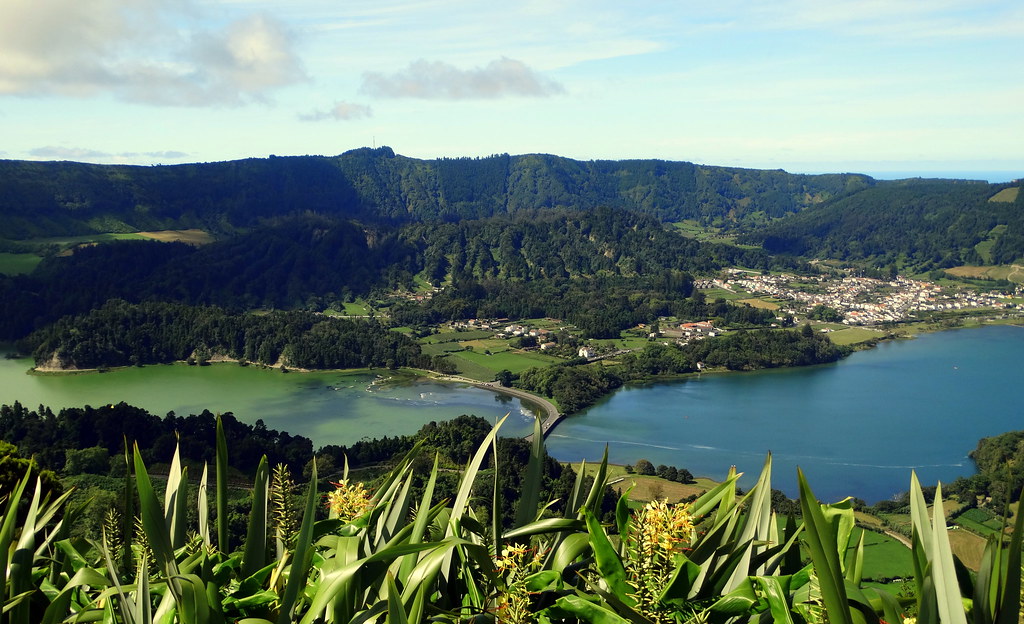
We will start our visit with the Miradouro Vista do Rei, an impressive viewpoint that will allow us to see the Sete Cidades lake at 251 meters high.
We will then enjoy one of the most beautiful places on the island, Lagoa do Canario, with a magnificent view of Lagoa das Sete Cidades with its changing colours, Lagoa de Santiago and Lagoa Rasa.
Passing through the village and the lake of Sete Cidades, we will head towards the Miradouro Ponta da Ferraria, a breathtaking view of the sea, the Ferraria lighthouse, the natural swimming pools and its thermal baths.
If you wish, you can go down to the Ferraria Spa, relax in the spa or enjoy the natural pools next door free of charge.
On our way back, we will enjoy the village of Mosteiros, with its small islet and beautiful natural swimming pools.
Day 7: East Central São Miguel Island
The viewpoint of Lagoa do Fogo, which we will visit at the beginning of the day, will offer us a very nice view of the great Lagoa do Fogo (Lake of Fire). It is the highest lake on the island (575 metres), with blue waters located in the crater of a volcano in the Agua de Pau massif.
It was named “lake of fire” following an eruption in the 16th century. Today, this crater is characterized by its calm, majestic beauty and the transparency of the waters that cover its bottom. It is bordered on one side by clear sandy beaches, on the other by steep walls.
We will then take a beautiful walk in the forest where Lagoa do Congro is located. This lake occupies an explosion crater, the result of a groundwater eruption located in one of the most active geological faults on the island of São Miguel. Its main characteristic is to be embedded in the surrounding region, relatively flat, in the form of a large hole, instead of occupying the top of a high volcanic cone like Lagoa do Fogo.
The Lagoa das Furnas is also a wonderful lake that we will have the opportunity to admire from above, thanks to the Pico do Ferro viewpoint, and from below. Nearby, we will have the chance to discover the Caldeiras das Furnas, (sources of boiling sulphurous mud), a place where the inhabitants cook the “cozido à portuguesa” (Portuguese stew), a stew cooked in the heat of the earth of the volcano still in use. We will be able to taste this speciality in the city of Furnas.
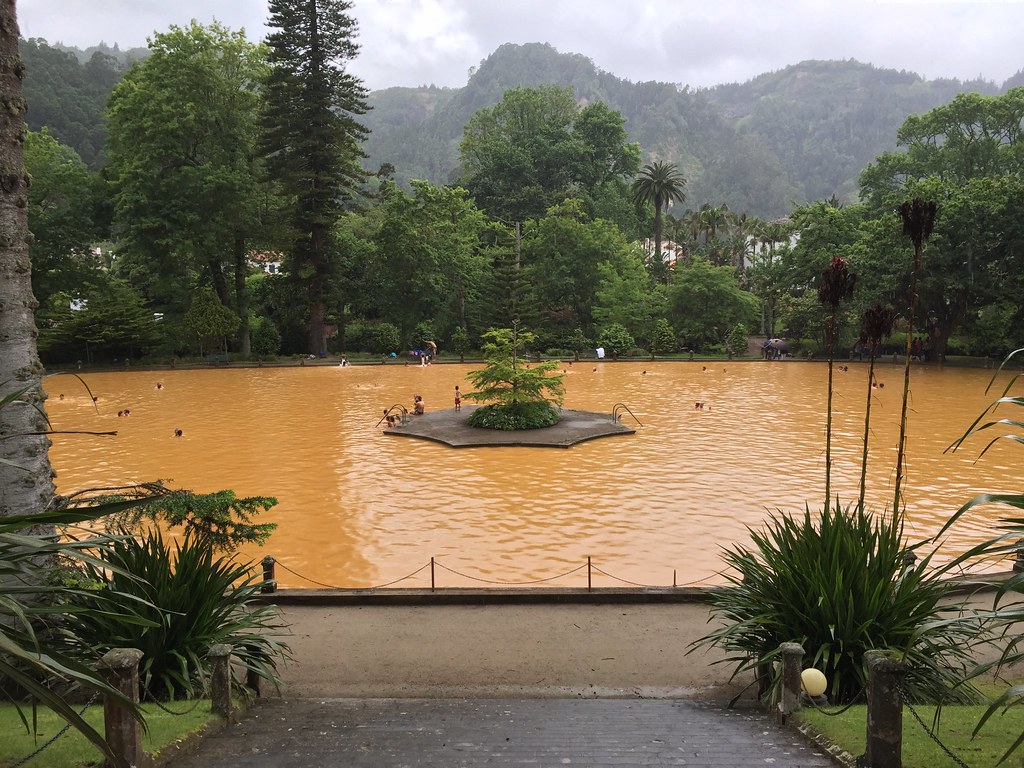 We will then discover the Terra Nostra Park, where more than three thousand species of trees and shrubs are gathered, including palm trees, ferns, araucarias, cyca, azaleas, ginkgos bilobas, camellias, laurels, birds of paradise, and which includes a huge pool of hot ferruginous water.
We will then discover the Terra Nostra Park, where more than three thousand species of trees and shrubs are gathered, including palm trees, ferns, araucarias, cyca, azaleas, ginkgos bilobas, camellias, laurels, birds of paradise, and which includes a huge pool of hot ferruginous water.
We will dive into this ferruginous thermal water (at 38°C) red-orange, very pleasant to relax and good for your health. As the colour of the water may rub off on the jerseys, it is preferable to bring a dark, used swimsuit. Showers are at your disposal to wash you afterwards.
We will then be able to enjoy the waters of Poça da Dona Beija where the temperature of these baths does not fall below 30°C. This mini spa treatment at the end of the day will do you the most good.
Day 8: South-North-East of São Miguel Island
For this beginning of the day, a 2-hour circular tour is planned in Faial da Terra. Throughout the route, there are orchards on both banks of the river, owned by small family farms. We will enjoy our end of the tour as we arrive at the beautiful Salto do Prego waterfall.
We will then head to lookout points with views of the Atlantic Ocean, such as Miradouro da Ponta da Madrugada, and Miradouro Ponta do Sossego.
We will discover Farol do Arnel, the first lighthouse in the Azores archipelago to start operating in 1876.
We will end our day at the 18th century Chapel of Our Lady of Peace. This church is distinguished by its atypical architecture and its location. From here, we will have a magnificent view of Vila Franca do Campo and its islet.
Day 9: North-South of the island of São Miguel
To enjoy this penultimate day in the Azores, we suggest you visit Pedras Negras viewpoint. Located in the north of the island, very close to the village of Capelas, the viewpoint is one of the most unusual on the island. Its nickname, Miradouro da Trompa de Elefante, refers to the trunk of an elephant that descends into the sea. We can also see his ears, well drawn in the rock.
After this pleasant landscape, we will visit the city of Ponta Delgada, the island’s capital, more than five centuries old. We will start our visit with the São Bras Fort, built in 1552 to defend the island against pirates. This essential monument of the archipelago now houses the headquarters of the command of the Azores military zone but also a large Military Museum whose collections are particularly extensive.
We will then pass through the city’s Gates, built in the 18th century and made up of three arches that show the royal coat of arms.
Near the city centre, we will enjoy the Antonio Borges Botanical Garden, occupying 2.5 hectares of land and the most pleasant of Ponta Delgada’s green spaces.
Walking through the city’s beautiful alleys will be a good way to access the Gothic cathedral Matriz de São Sebastião, built in 1531 on the site of a chapel dedicated to San Sebastian, the city’s patron saint.
We will then propose to discover the Chapel of the Mother of God (Ermida da Mãe de Deus), a very beautiful church because of its location on a hill with a beautiful view of the city of Ponta Delgada.
To finish our stay, we will spend a few hours relaxing at the beach of Agua de Alto or Vila Franca do Campo.
Day 10: Breakfast and departure for Ponta-Delgada airport
Depending on place availability and local conditions, the itinerary may be adapted. These changes would always be made with the same concern for quality of service and in the spirit of the original programme.
See also :

